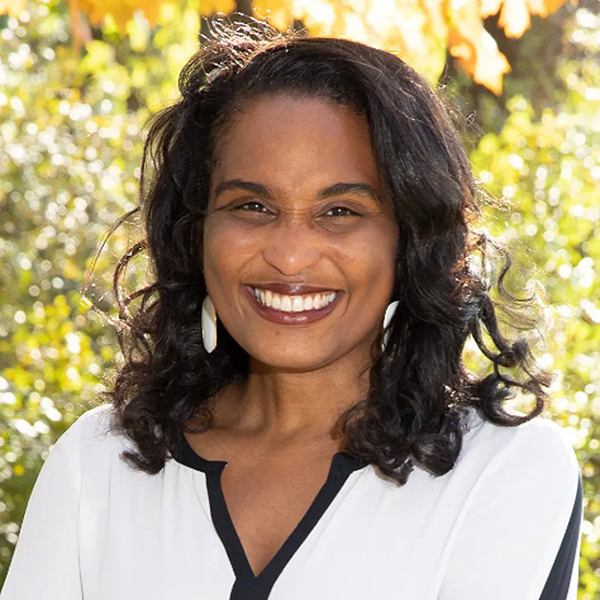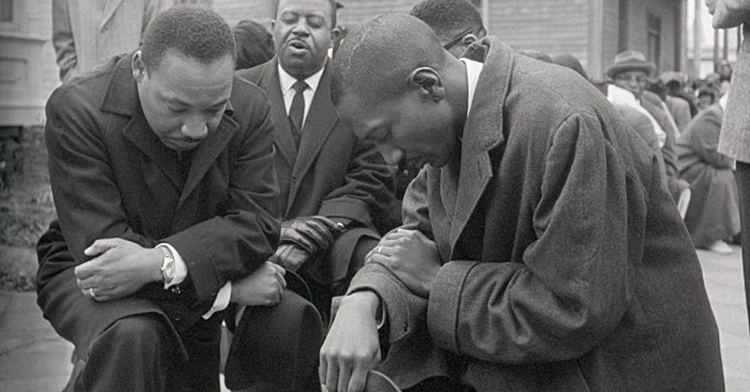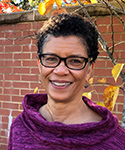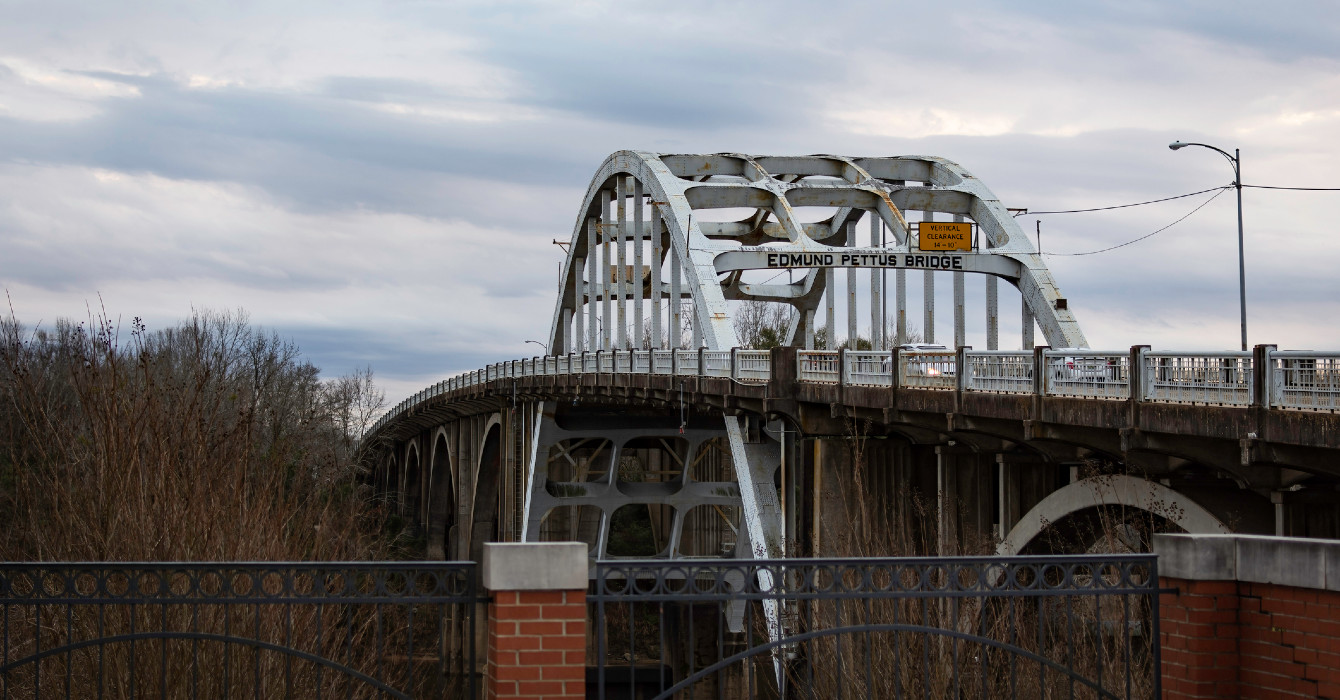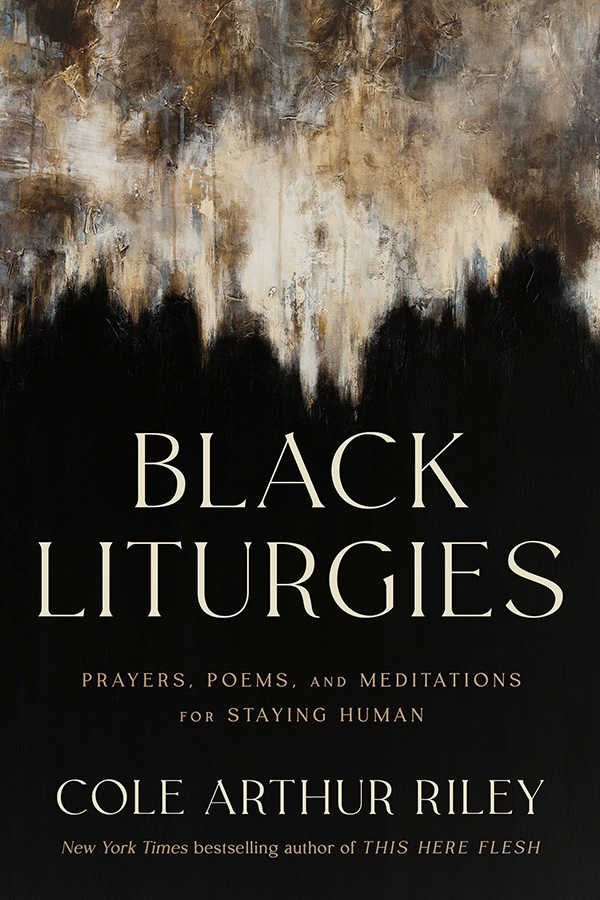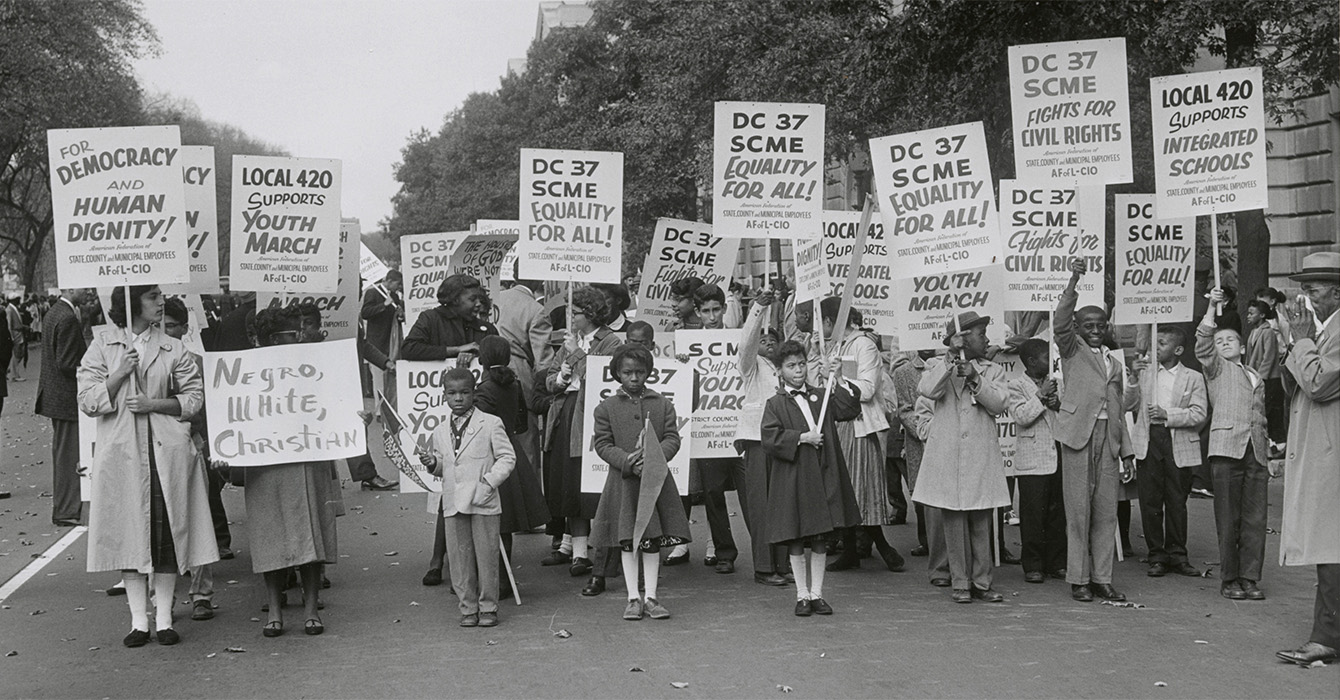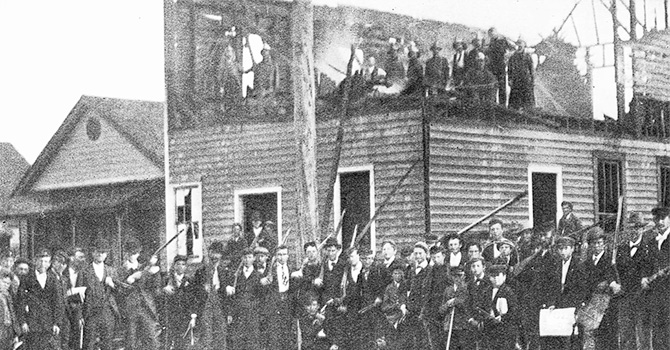“All of us journey day by day with Christ through the Spirit but sometimes we forget Divine Presence who walks beside us. We are all on pilgrimage; every experience, interaction, or roadblock we encounter can become a grace-filled opportunity to respond with loving obedience to the gospel.”
-- Trevor Hudson, from “A Mile in My Shoes: Cultivating Compassion”
The first time I took part in a pilgrimage in my city of Durham, N.C., I knew that it was a significant event.
Both my parents were born and raised in Durham, and the journey through my parents’ hometown -- now my home -- afforded me a deeper understanding of my family roots and my rich inheritance as a Durhamite.
Every year since 2008, I have taken part in the Durham Pilgrimage of Pain and Hope, a multi-day, place-based immersion experience. The first one was led by the Office of Black Church Studies at Duke Divinity School; now as board chair of the nonprofit DurhamCares, I also lead these journeys.
Although my parents were Bull City natives, I was born in Washington, D.C., after my mother and father had migrated there for better jobs and a life outside the South. I moved to Durham in 1986 to attend Duke as an undergraduate. After graduating I married, bought a home, raised two children, worked at Duke, and lived in Durham for the next 30 years.
And now, here I am, one year away from my 50th birthday, joyfully embracing the journey of my life in this feisty town with an incredible story. Pilgrimage consistently disciplines me to listen to this story.
Pilgrimage involves a deliberate slowing down of the body, mind and spirit in order to listen deeply to our neighbors and to wait upon Jesus to renew our strength so that others may flourish.
In the Pilgrimage of Pain and Hope, which is co-sponsored by DurhamCares and Duke's Center for Reconciliation, we sit and eat meals with neighbors who share their hopes and dreams for co-creative human flourishing while being vulnerable with their pain, pride and suffering. The pilgrimage experience is far from tourism or going on “mission.”
Our pilgrimage groups are made up of 15 to 20 people of varying ethnicities, faith and work backgrounds. The experience includes the three-day weekend immersion and five weekly gatherings before and after.
The Lucan story of the two disciples walking to Emmaus perfectly captures the transformation we seek during the three-day immersion experience.
As part of our pilgrimage, for example, John C. “Skeepie” Scarborough III, a fourth-generation undertaker and proprietor of Scarborough & Hargett Funeral Home -- a historic Durham institution that has long served the city’s African-American community -- shares dinner and stories of his life growing up in Durham.
He talks about the local pride in Durham’s world-class athletes, doctors, entertainers, educators, as well as business owners like his father, grandfather and great-grandfather.
During his talk, Scarborough pulls out a story board and a collage of photos showing various people who made Durham a haven of progress and community thriving.
Every time I hear Scarborough’s story, I think about all the people who don’t have a chance to hear that narrative, instead only hearing stories about Durham as a city plagued by violence, poverty, low-performing schools and disharmony.
When Scarborough shares his memories, it’s not simply a moment of nostalgia, but a spiritual revelation that helps us see how we are all made in the image of God and have gifts to share and celebrate together.
During the weekend, we hear about the Eno and Occoneechee Native American tribes. We visit the Stagville State Historic Site, where enslaved people lived and worked on what was once one of the largest plantations in the pre-Civil War South. We spend half a day in downtown Durham, visiting streets, buildings and homes that played a critical role in shaping the city’s history.
We listen to civil rights leaders who organized protests in the 1950s. We listen to business leaders of Durham’s Hayti district, a thriving black community that was dubbed “Black Wall Street” in its heyday but was destroyed by the building of a freeway.
We worship at a historic church; we hear the story of the Latino Community Credit Union; and we finish the weekend with a panel of leaders to talk about the pain and hope in Durham now.
For me, one of the most powerful experiences of the pilgrimage is when we walk the grounds of the Stagville slave quarters, where about 900 enslaved people lived in 1860. The history of that place burns in my memory and unsettles my bones. It inspires me to pray and work for justice, peace and liberation, particularly for the men, women, and children who return to Durham after serving time in prisons or juvenile facilities.

As a leader of the pilgrimage, I have witnessed personal and communal transformation in my life and the lives of my companions. Participants often feel a visceral sense of solidarity with people they would not otherwise have fully encountered because of the divisions of race, class and other created differences.
Often pilgrims react by saying, “I never realized this was right here in my own city.” Connecting the city’s history and current issues compels people to be more engaged in their community. The living and active power of the biblical story is kindled when it is read in the context of Durham’s story.
The same is true for me: I used to see Durham’s problems -- and even certain people -- as something to be fixed. But I no longer see others and their plight as so different from me and my own struggles.
The more I reflect, pray, discuss with my peers, and write in my journal about my encounters and experiences of living in Durham, the more I believe, hear, and see Jesus as he walked with the two disciples in route to Emmaus.
As the pilgrims hear one another wrestle with their own stories and spiritual encounters, they lean into each other, creating and receiving community through their journey together. Like the two disciples in the account from Luke, “their eyes were opened.”
As one participant said, “I now have eyes to see Durham not as a place to be feared or dismissed but rather as a place of connection and of life. The Father’s hands are in this city, welcoming his prodigal child back into his arms. Stay for a while. Reconcile. Let me teach you how to be here with me.”
Pilgrimage is a discipline for mind, body and spirit. It’s difficult to do, especially in a world where it’s nearly impossible to slow down, unplug and really pay attention. Yet this makes going on pilgrimage all the more vital for our wholeness and healing.
One of the gifts of the Pilgrimage of Pain and Hope is that it is can be done anywhere. You may be able to lead a pilgrimage in your own city. The methodology and theology is replicable with humble and compassionate leadership.
But before you begin, take ample time to listen to God, to your community and to your own heart. Pilgrimage is not to be entered lightly. But when a group of people intentionally encounter their city with a posture of listening and learning, authentic personal and communal transformation is possible.
I have led and participated in quite a few pilgrimages over the years, and I find that it truly is about attending well to our life stories, re-hearing and retelling God’s story to endure suffering and celebrate the victories past, present and future.
By God’s grace I’ll arrive at the milestone of 50 years with a youthful energy, wisdom of the psalmist and the love of Christ forever burning in my heart in the fulfillment of my unique life calling and being in the world.
Part of that is leading and going on the Durham Pilgrimage of Pain and Hope, which makes me fully alive in the prayerful work of seeking the welfare of my beloved city.



